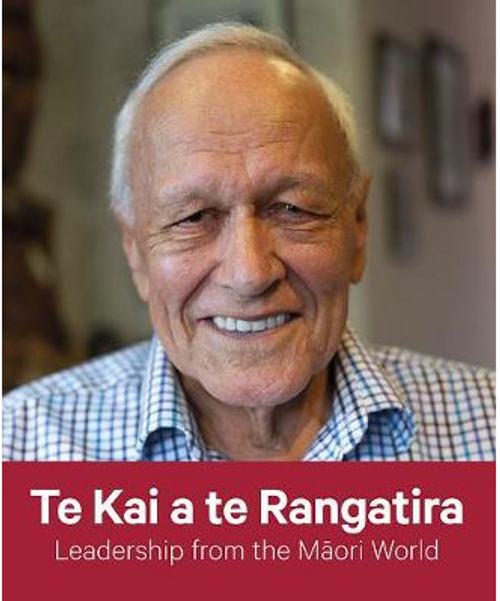Taking readers to the farms and factories, the marae and churches where Maori lived, worked and raised their families, Te Hau Kainga tells the story of the profound transformation in Maori life during the Second World War.
While the Maori Battalion fought overseas, the Maori War Effort Organisation and its tribal committees engaged Maori men and women throughout Aotearoa in the home guard, the women's auxiliary forces, and national agricultural and industrial production. Maori mobilisation was an exercise of rangatiratanga and it changed how Maori engaged with the state. And, as Maori men and women took up new roles, the war was to become a watershed event for Maori society that set the stage for post-war urbanisation.
From ammunition factories to kumara fields, from Te Puea Herangi to Te Paipera Tapu, Te Hau Kainga provides the first substantial account of how hapori Maori were shaped by the wartime experience at home. It is a story of sacrifice and remarkable resilience among whanau, hapu and iwi Maori.
Te Hau Kainga is published alongside its companion volume Raupanga: Nga Pito Korero o te Pakanga Tuarua no te Hau Kainga, edited by Angela Wanhalla and Lachy Paterson. Raupanga features thirty-five succinct, illustrated essays exploring the Maori home front, translated into te reo Maori by Lachy Paterson.







